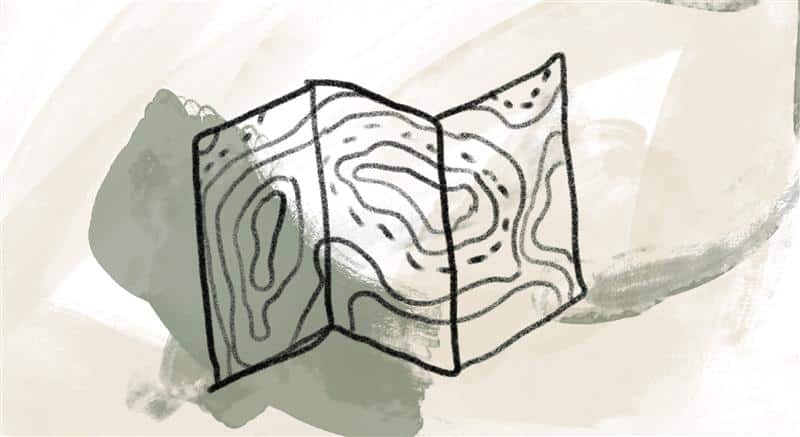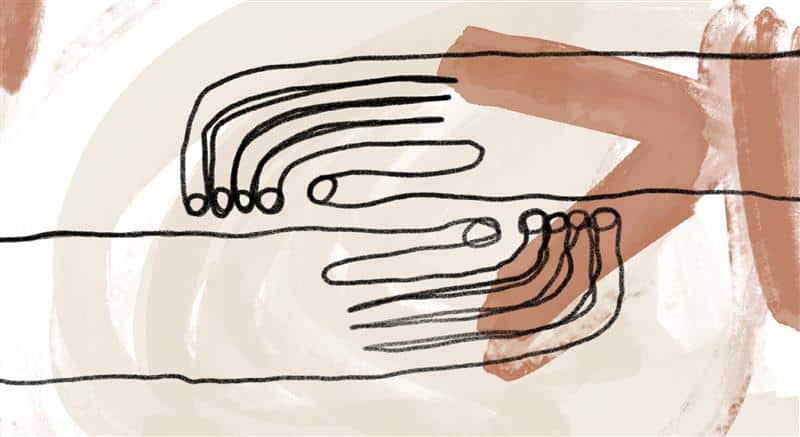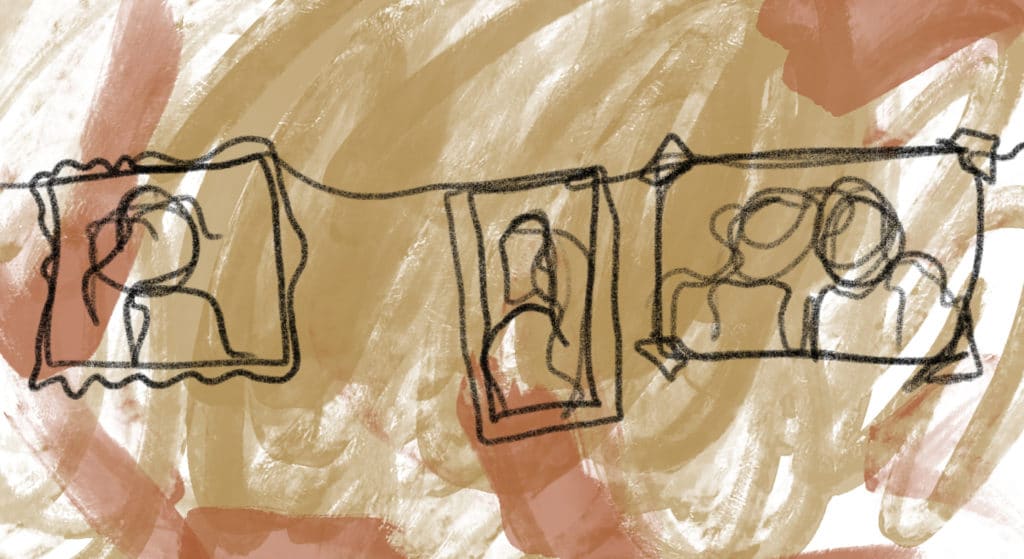
Sunday
Pilgrimage helps us see that as long as we think happiness is around the corner, we have not grasped happiness yet. Because happiness is given in this moment and this place, and this moment and place are as perfect as they can be.
—Richard Rohr
Monday
Above all else, pilgrimage is praying with your body and it’s praying with your feet. It’s an exterior prayer, and the exterior prayer keeps calling you into the interior prayer.
—Richard Rohr
Tuesday
Your soul no longer stays still. It’s moving with God in the world, and moving toward God, revealed in signs or shrines or saints or surroundings. The pilgrim’s walking body holds incarnate this inner journey of the soul.
—Wesley Granberg-Michaelson
Wednesday
A pilgrim must be like a child who can approach everything with an attitude of wonder and awe and faith. Let’s pray for wonder. Let’s pray for awe. Let’s pray for desire, and ask God to take away our cynicism.
—Richard Rohr
Thursday
What most distinguishes the sacred art of pilgrimage from a tourist trip or hiking expedition, as beneficial as these are, is the characteristic inward journey, a turning of one’s heart to the Divine, with the expectation of transformation on every level of being along the way.
—Sheryl A. Kujawa-Holbrook
Friday
Whether we are on an actual pilgrimage or perceive that the road of life we are on is our pilgrimage, each step, each move one makes is blessed by the Spirit. For both an actual pilgrimage and the pilgrimage of everyday life is a journey of faith.
—Brett Webb-Mitchell
Walking a Labyrinth
The contemplative practice of walking a labyrinth grew out of the medieval commitment to going on pilgrimage. This week we encourage you, if possible, to find a labyrinth to visit. Use this link to locate a labyrinth near you.
Labyrinths are found in different forms on all continents, within many cultures and mythologies, carved or painted on ancient cave and church walls, and set in floors at sacred sites such as Gothic cathedrals, retreat centers, and contemporary churches. These circular paths are a way of learning and praying through movement instead of through thinking. Labyrinths seem to have emerged from the collective unconscious, representing a clear path to center, to the Divine. A classical labyrinth has seven cycles, each representing a stage of life, and seven U-turns as we learn to change course at least that many times in a normal life. A straight-line trajectory grows no one; it only makes you more and more rigid and inflexible.
Find a labyrinth (on the ground, printed on paper, or carved in wood) for your feet or fingers to traverse in the company of God’s presence. Walk or trace the labyrinth as if on pilgrimage, without a goal beyond the experience itself. Move consciously and slowly, allowing the Divine to guide and teach. Let the path teach its own lessons. There is no one correct message. The turning circuits of a labyrinth remind us that life is change, transformation, and repentance (that is, metanoia or turning around).
Reference:
Adapted from Richard Rohr, A Spring within Us: A Book of Daily Meditations (Albuquerque, NM: CAC Publishing, 2016), 270.
Image credit: A path from one week to the next—Benjamin Yazza, Untitled 2, used with permission. Les Argonauts, Camino de Santiago, Unsplash. Jenna Keiper, Winter Bird. Used with permission. Click here to enlarge image.
On pilgrimage, people are changed through the simple act of walking.




